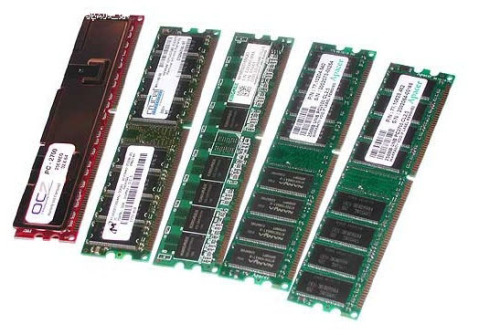
According to a report from memory chip research company inSpectrum, the demand for DRAM spot market continued to be sluggish this week, but surprisingly, the old generation DDR (DDR1) memory demand unexpectedly increased, and the price also rose.
InSpectrum believes that the main demand for DDR comes from Greater China, and many buyers use DDR in older PC systems and electronic products. The demand for 512Mb DDR has been very strong recently. As of July 16, the average price of the former is US$2.01, an increase of more than 4%.
In contrast, the demand for 1Gb DDR2 and DDR3 was flat and the price dropped by about 1%. As of the afternoon of July 16, the average spot prices for 1Gb DDR2 and DDR3 were at $2.16 and $2.34.
However, in the view of inSpectrum, the increase in DDR demand is only temporary. After this summer, demand will naturally decrease and prices will return to normal levels.
Since the market demand brought by students back to school cannot be reflected at present, the demand for mainstream DDR2 and DDR3 is still relatively weak. However, compared to the apparent decline in previous weeks, the price is relatively stable this week, which is because traders think that the price of memory has fallen to the bottom and therefore began to purchase.
In addition to memory, the spot market demand for NAND flash memory has also been improved. Affected by the demand of the domestic market, the demand for low-density 16Gb MLCs has grown most significantly. In addition, Samsung's elimination of 50nm 16Gb flash memory particle production also increased the demand for the density of flash memory particles.
As some electronics manufacturers are concerned that the new process flash memory particles are incompatible with the previous products, the procurement volume of the particles has been increased, stimulating demand.
As of the afternoon of July 16, the spot price of 16Gb MLC NAND flash memory chips rose by 1% to 4.61 US dollars, and 32Gb did not change much at 6.67 US dollars.